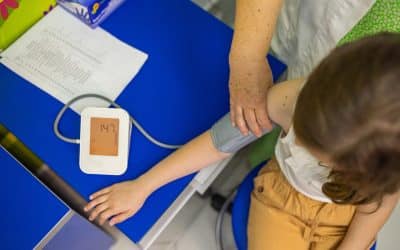Arterial disease, often called Peripheral Vascular Disease (PVD), involves problems with the blood vessels located outside the heart and brain. These vessels, which include both arteries and veins, are crucial for transporting blood throughout the body. One of the most common types...
Peripheral Artery
Are you at Risk for Peripheral Artery Disease?
Millions of people in the U.S. have some form of peripheral artery disease (PAD). PAD occurs when the peripheral arteries to the legs, arms, head, and stomach narrow. Most PAD symptoms occur in the arteries of the legs. Atherosclerosis, which is plaque build-up that blocks and narrows arteries and...
Understanding and Treating Peripheral Vascular Disease
Peripheral Vascular Disease (PVD) is a circulatory condition where narrowed blood vessels reduce blood flow to the limbs, effectively causing symptoms like leg pain when walking (claudication), numbness, and even tissue damage. There are several treatment options available for one in 20 Americans...
Is Peripheral Artery Disease A Death Sentence
Peripheral artery disease (PAD) is a common condition in which the arteries in the legs become narrowed or blocked by a buildup of plaque. This condition affects millions of people worldwide and can lead to serious complications such as amputation, heart attack, and stroke. As a potential patient,...
How Arterial Disease Affects Your Life
Peripheral arterial disease, or PAD, occurs when arteries become blocked by plaque. Plaque is a substance that forms when fatty substances (cholesterol, for example) stick together and build up on the walls of the arteries. When most people think about arteries, they think about the ones in their...
Health Guide: 5 Causes of Peripheral Arterial Disease
Around 6.5 million people aged 40 and over have peripheral arterial disease (PAD) in the US. This common circulatory problem refers to narrowed arteries that reduce blood flow to your limbs, especially your legs. Many people with PAD have no symptoms. For others, one of...
Vascular Surgeons are Specialists in the treatment of all Aspects of Vascular Disease
Typically, patients are referred to a vascular surgeon by their primary care physician. If you see your regular doctor for pain or swelling in your legs, a vascular surgeon could help. A vascular surgeon would test for peripheral arterial disease or other vascular diseases. Vascular surgeons treat...







